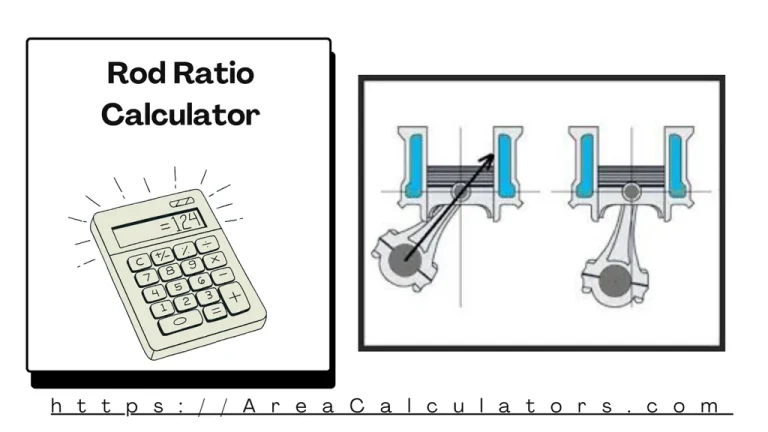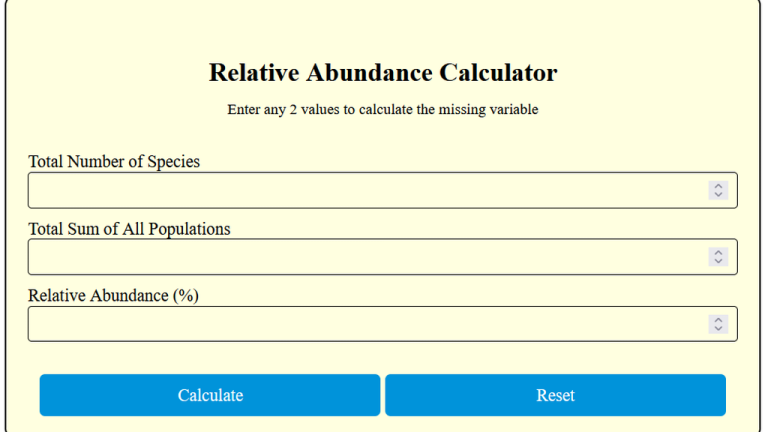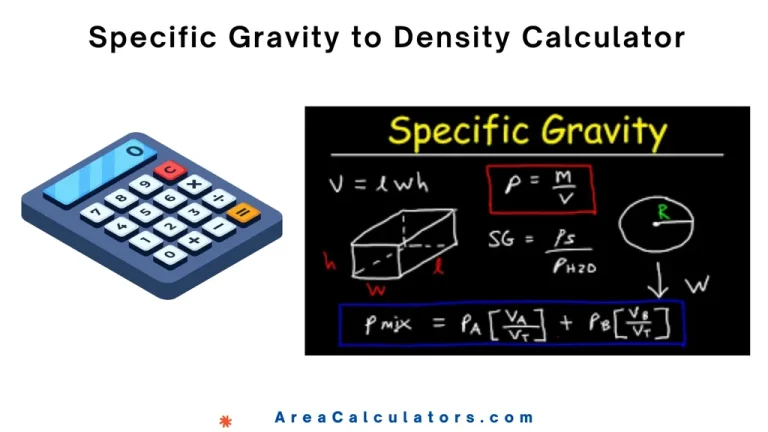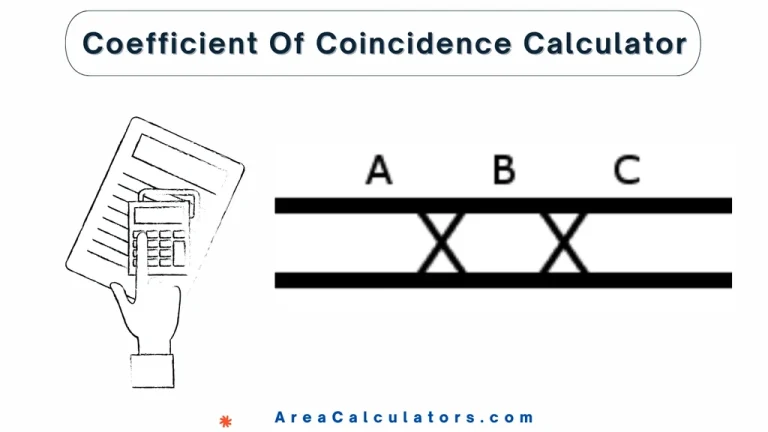Amps Draw Calculator [ Amperage Calculator, Current Calculator ]
To calculate amps drawn, divide the wattage requirement by the supply voltage.
To calculate amps drawn, divide the wattage requirement by the supply voltage.
The Amps Draw Calculator assists in defining the current drawn by a device based on its wattage and supply voltage. This is central to the understanding of power requirements, sizing electrical circuits, and ensuring safety in electrical setups.
By inputting the wattage and voltage, you can soon calculate the amperage, which is particularly useful for battery-powered devices, LED lighting, and various electrical equipment.
A = WR / SV
| Variable | Description |
|---|---|
| A | Amperage (amps) |
| WR | Wattage Requirement (watts) |
| SV | Supply Voltage (volts) |
Example 1:
| Step | Calculation |
|---|---|
| Wattage Requirement | 120 watts |
| Supply Voltage | 12 volts |
| Amps Draw Calculation | 120/12 |
| Result | 10 amps |
Answer: For a device with 120 watts at 12 volts, the current draw is 10 amps.
Example 2:
| Step | Calculation |
|---|---|
| Wattage Requirement | 240 watts |
| Supply Voltage | 24 volts |
| Amps Draw Calculation | 240/24 |
| Result | 10 amps |
Answer: For a device with 240 watts at 24 volts, the current draw is 10 amps.
The Amps Draw Calculator is an appropriately handy tool. One can use it to promptly find the amount of current (in amps) drawn by an electrical device based on its power rating (watts) and voltage. This calculator is all-important for anyone needing to understand power requirements in various setups, including battery systems, LED lighting, and 3-phase appliances.
To take a great benefit from this calculator, simply input the power (in watts) and voltage (in volts). The calculator then computes the amp draw, allowing you to plan electrical loads efficiently.
For instance, calculating the amp draw for a 12V battery-powered device or assessing power requirements for an LED setup becomes straightforward with this tool.
It suffices to say, the Amps Draw Calculator provides an efficient way to understand the current demands of different devices, aiding in power management, safe installation, and energy planning.

The rod ratio is determined by dividing the piston rod length by the crankshaft stroke. This simple calculation helps optimize engine performance based on desired RPM and torque characteristics. The Rod Ratio Calculator is an essential tool for engine builders and enthusiasts to evaluate the relationship between the connecting rod length and the crankshaft stroke….

To calculate relative abundance, divide the total count of a specific entity by the total population, then multiply by 100 to get a percentage. The Relative Abundance Calculator empowers you to calculate the proportion of a particular entity, such as an isotope or species, within a larger population. This calculation is widely applied in chemistry…

To calculate density from specific gravity, simply multiply the specific gravity (SG) by the reference density (Dr). This formula applies to many substances, especially liquids, where water serves as a common reference. The Specific Gravity to Density Calculator enables you to instantly convert from specific gravity, a dimensionless ratio, to density in preferred units. Specific…
![Ln ( P2 / P1 ) = ( Δvap H m / R ) [ 1 / T1 - 1 / T2 ], Clausius Clapeyron Equation Calculator for vapor pressure and phase change calculations.](https://areacalculators.com/wp-content/uploads/2025/07/clausius-clapeyron-equation-calculator-768x432.webp)
To use the Clausius-Clapeyron equation, you begin by calculating the natural logarithm of the pressure ratio between two states. Then, multiply by the enthalpy of vaporization divided by the gas constant, followed by calculating the temperature differences. The Clausius-Clapeyron equation explains the relationship between vapor pressure and temperature. It predicts how vapor pressure changes…
To determine the date 40 days from today, simply add 40 days to the current date. 40 Days Ago From Today Calculator Today’s Date Date 40 Days Ago From Today Calculate Reset The 40 Days From Today Calculator is developed for instantly finding the date exactly 40 days into the future. This calculation is useful…

To calculate the coefficient of coincidence (COC), sum the product of each individual frequency multiplied by one less than that frequency, and then divide by the total number of pairs in the population. The coefficient of coincidence is a genetic term used to measure the occurrence of double crossover events compared to the expected frequency…